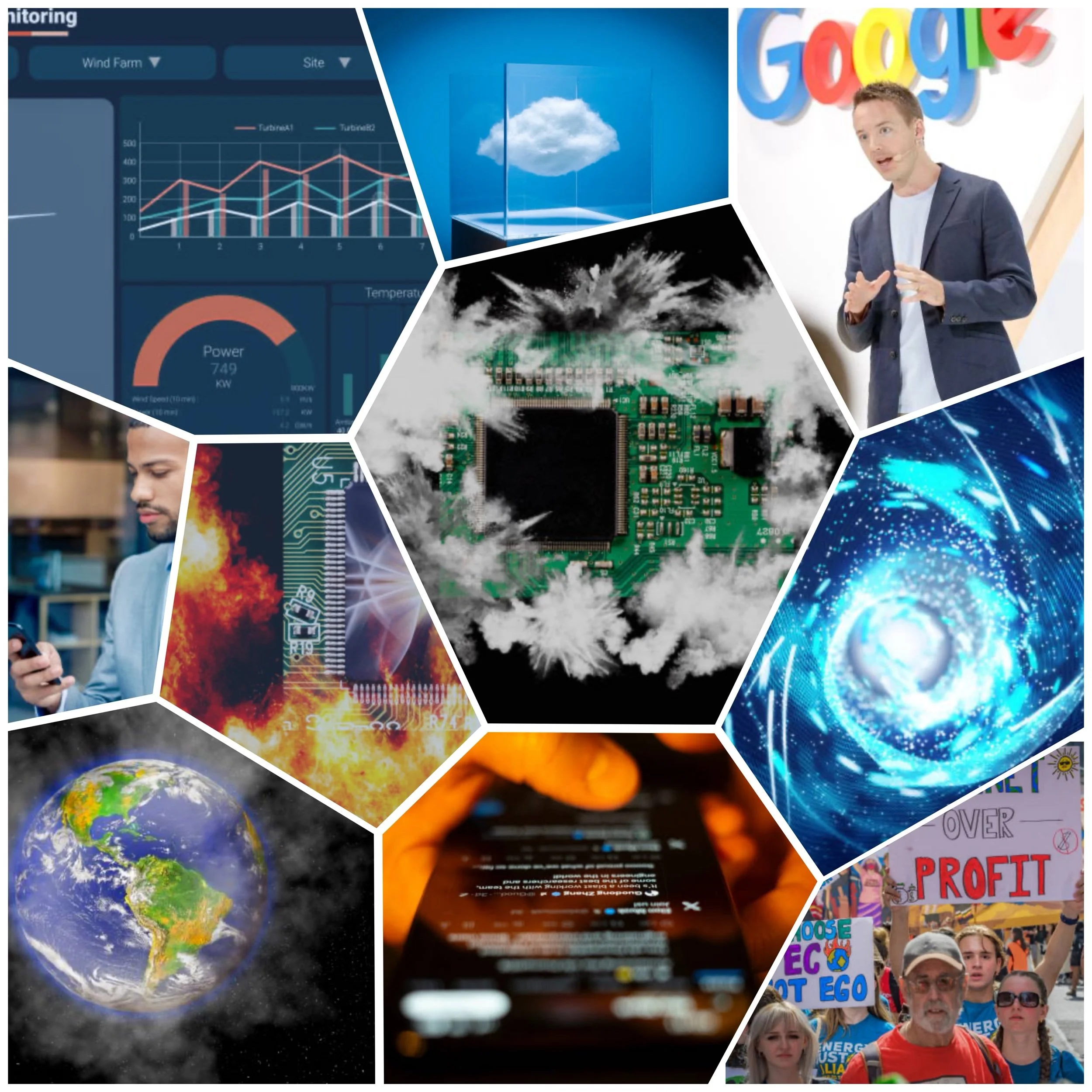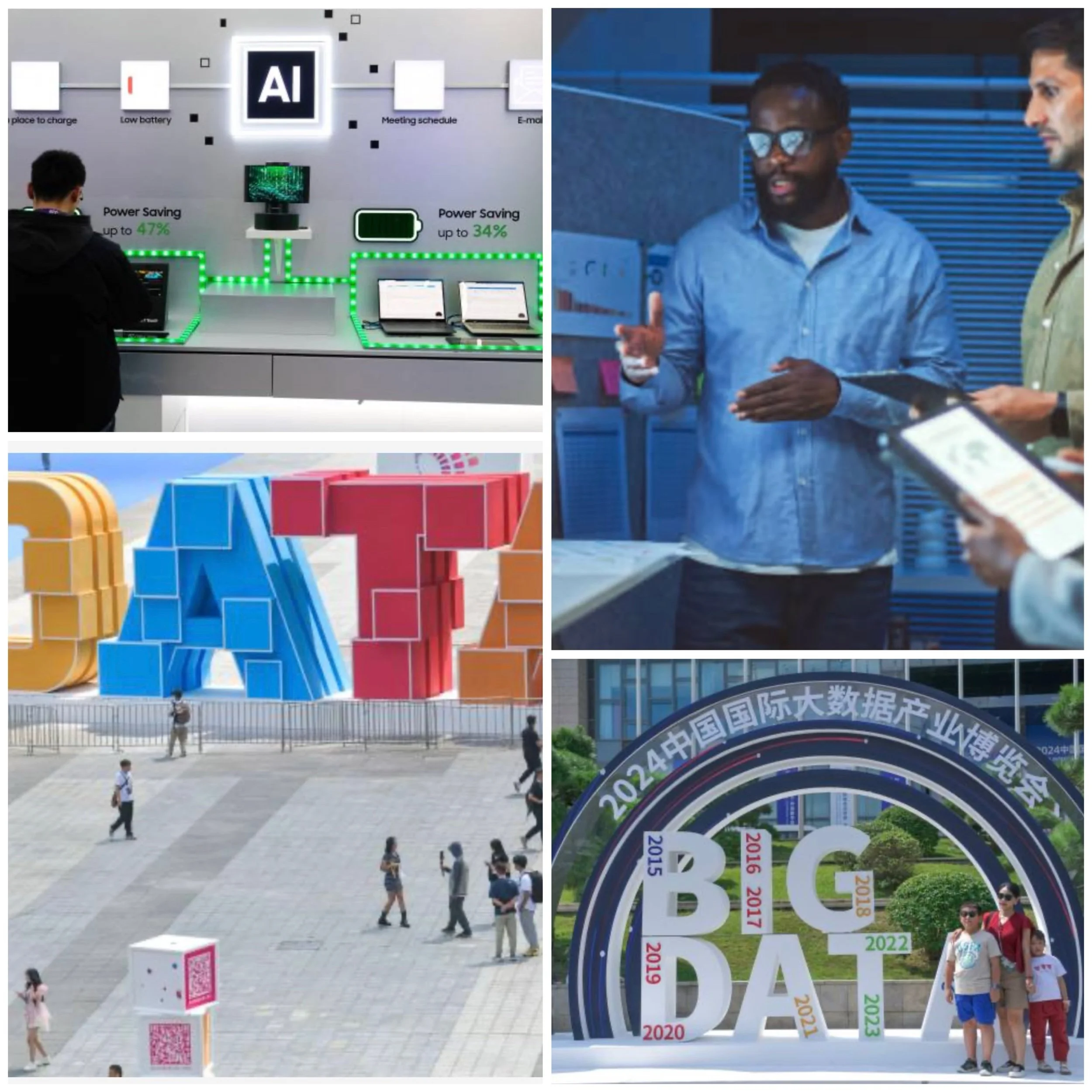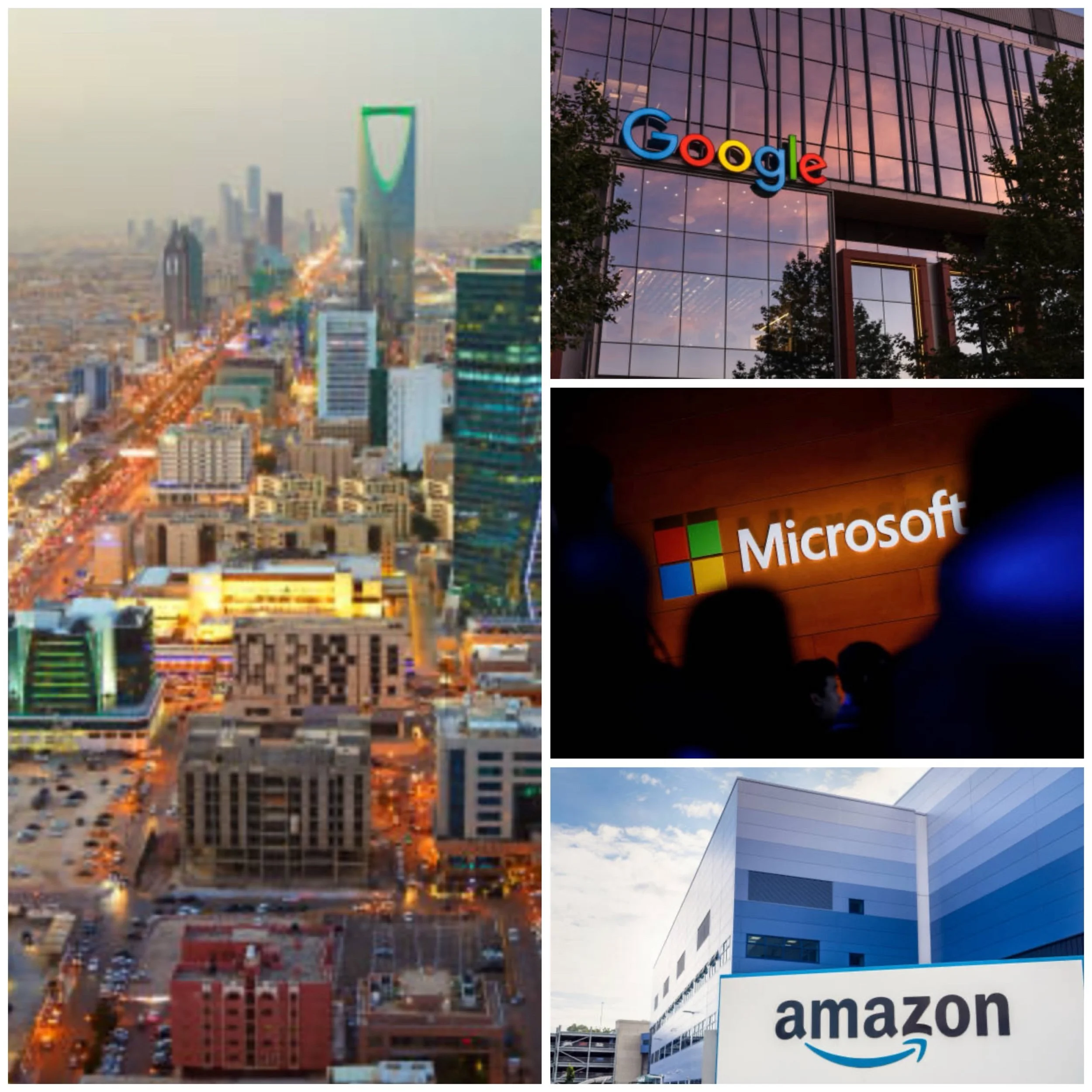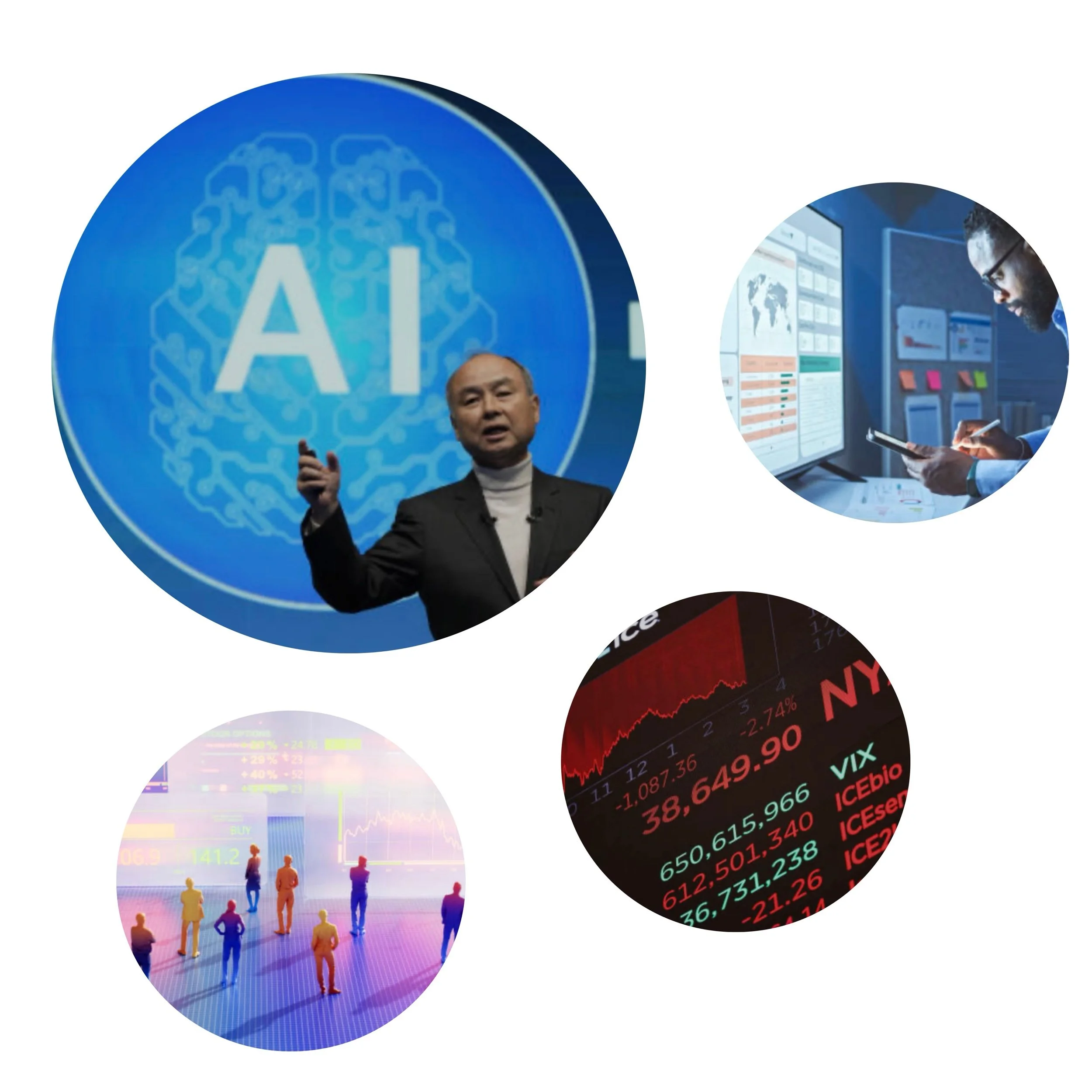Utilization of Artificial Intelligence and Machine Learning in Addressing the Climate Crisis
Introduction
Artificial Intelligence (AI) is emerging as a powerful tool in addressing the climate crisis, offering innovative solutions across various sectors. Here are some key ways AI is being utilized to combat climate change:
Climate Modeling and Prediction
AI is enhancing our ability to model and predict climate patterns:
• Advanced machine learning algorithms are processing vast amounts of climate data to improve weather forecasting and climate projections.
• AI-powered systems can analyze satellite imagery to track changes in ice sheets and predict melting patterns much faster than human researchers.
Energy Optimization
AI is playing a crucial role in optimizing energy systems:
• Smart grid management: AI algorithms help integrate renewable energy sources more efficiently into power grids, predicting energy demand and optimizing distribution.
• Building energy efficiency: Systems like BrainBox AI use self-adapting technology to optimize HVAC systems in buildings, potentially reducing energy waste by up to 30%.
Environmental Monitoring
AI is enhancing our ability to monitor and analyze environmental changes:
• Satellite imagery analysis: Companies like Kayrros use machine learning to process satellite data, monitoring global energy, natural resources, and industrial activity.
• Deforestation tracking: AI is being used to map and measure deforestation rates and carbon storage in forests.
Sustainable Agriculture
AI is revolutionizing agricultural practices:
• Precision farming: AI-powered tools optimize crop management, reducing water and fertilizer use while improving yields.
• Pest prediction: Systems like Kuzi use AI to predict locust breeding and migration patterns, helping farmers prepare and mitigate crop damage.
Transportation and Urban Planning
AI is contributing to more sustainable transportation and urban development:
• Route optimization: AI algorithms minimize fuel consumption and emissions by optimizing delivery routes and traffic flow.
• Urban planning: AI assists in creating more environmentally friendly and sustainable urban designs.
Climate Risk Assessment
AI is enhancing our ability to assess and respond to climate-related risks:
• Disaster prediction: AI models can predict extreme weather events and natural disasters, improving preparedness and response.
• Risk modeling: AI analyzes data to identify potential climate risks and develop mitigation strategies.
Carbon Footprint Reduction
AI is helping industries and individuals reduce their carbon footprint:
• Carbon accounting: Tools like CarbonBright use AI to provide instant assessments of products’ environmental footprints throughout their lifecycle.
• Emissions reduction: BCG’s CO2 AI helps corporations measure, simulate, and optimize their emissions at scale.
Conclusion
While AI offers significant potential in addressing climate change, it’s important to note that the technology itself can be energy-intensive. Efforts are being made to develop more energy-efficient AI systems and power them with renewable energy sources. As AI continues to evolve, its role in combating climate change is likely to expand, offering new and innovative solutions to this global challenge.






